 |
 |
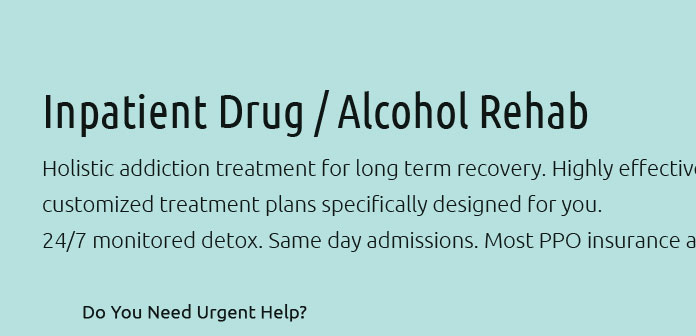 |
 |
 |
 |
||
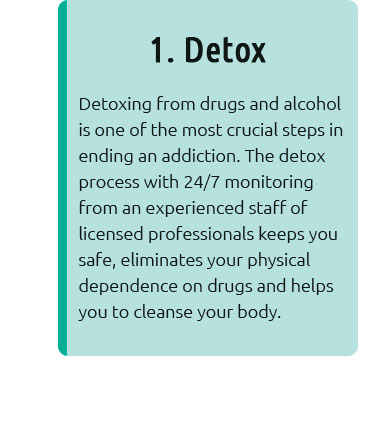 |
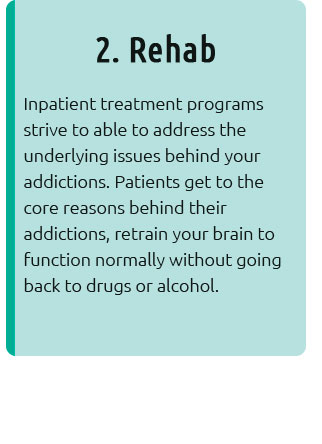 |
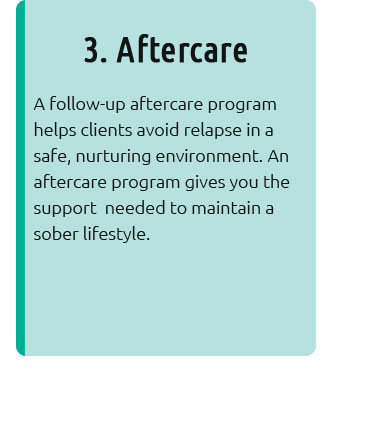 |
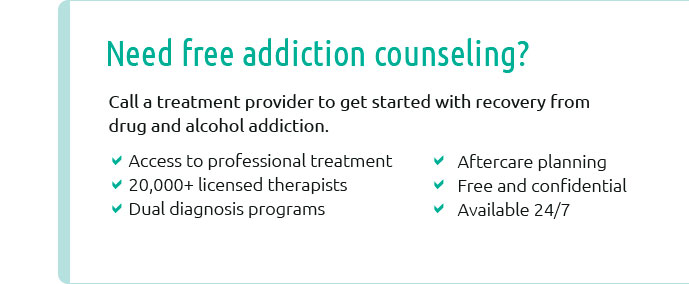 |
 |
 |
 |
||
 |
||
 |
||
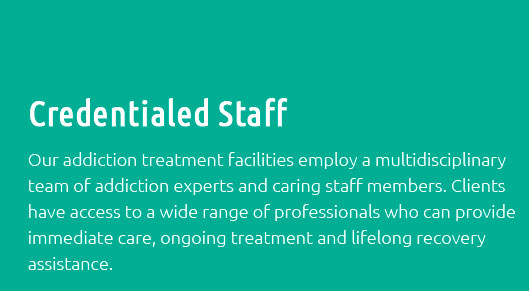 |
 |
 |
|
 |
|
Exploring Opiate Treatment Centers: A Comprehensive GuideIn the contemporary landscape of healthcare, opiate treatment centers emerge as pivotal institutions in the battle against addiction, offering a refuge for those ensnared by the clutches of opioid dependency. The journey to recovery is a deeply personal one, yet these centers provide structured pathways tailored to individual needs. As the opioid crisis continues to cast a shadow over society, the demand for effective and compassionate treatment solutions grows ever more urgent. When considering an opiate treatment center, it is crucial to recognize the diversity of options available, each with its own philosophical approach and treatment modalities. Broadly speaking, these centers can be categorized into inpatient and outpatient programs, each presenting distinct advantages and considerations.
Both types of programs commonly employ Medication-Assisted Treatment (MAT), which utilizes medications like methadone, buprenorphine, or naltrexone to ease withdrawal symptoms and reduce cravings. MAT is often complemented by behavioral therapies, which are crucial in addressing the psychological aspects of addiction. Cognitive Behavioral Therapy (CBT), Motivational Interviewing (MI), and family therapy are among the most prevalent approaches. The integration of these therapies aims to not only curb the physical dependence on opioids but also to instill lasting behavioral changes that support a drug-free lifestyle. Ultimately, the choice between inpatient and outpatient care hinges on the individual's specific circumstances, including the severity of the addiction, personal commitments, and financial situation. What remains undisputed is the necessity of professional guidance in overcoming opioid dependency. Choosing the right opiate treatment center can make a profound difference in one's recovery journey, setting the stage for a healthier, more fulfilling life. In conclusion, opiate treatment centers play a vital role in addressing one of the most pressing public health challenges of our time. Their varied approaches reflect the multifaceted nature of addiction and the importance of personalized care. By understanding the options and what they entail, individuals and their families can make informed decisions that align with their recovery goals. These centers offer more than just treatment; they provide hope, support, and the possibility of a renewed existence free from the grip of addiction. https://www.banyantreatmentcenter.com/addiction-treatments/opiate/
If addiction to any of these substances occurs, opiate abuse treatment may be necessary. Opiates vs. Opioids. Opiates, such as heroin, codeine, morphine, and ... https://pinesrecoverylife.com/opiate-detox-program-miami/
A successful recovery journey from opioid addiction will always begin at an opiate detox facility. Medical Opiate Detox. Methadone relieves withdrawal symptoms ... https://www.parkroyalhospital.com/addiction/
Read about our highly acclaimed drug addiction treatment & rehab center in Fort Myers for adults & older adults struggling with substance abuse.
|